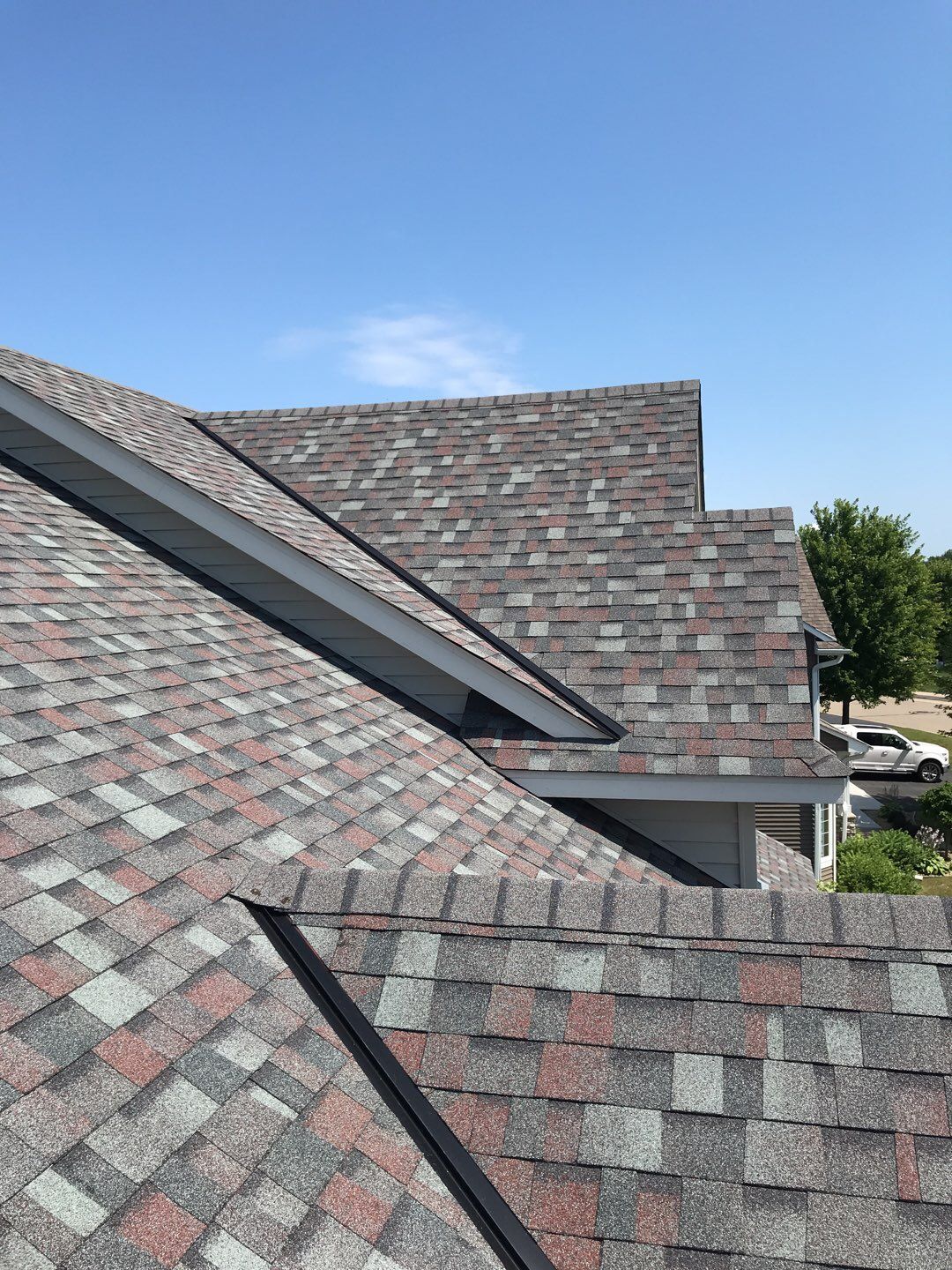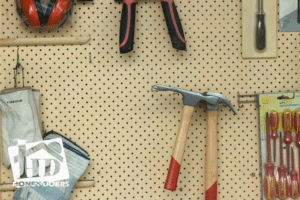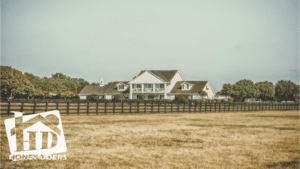Your roof is meant to withstand all of nature’s elements for many years—heavy snow, thunderstorms, and large-sized hail being just a few examples. But despite your roof being able to take a beating over the years, the cumulative impact of severe weather events can cause significant roof damage that may eventually impact your home’s interior. A roof’s integrity will decline over the years, and, aside from the most obvious signs, storm damage might not be noticeable right away for homeowners.
If you suspect damage from recent weather, what should you do? Let’s take a look at these three steps to take if you think you may have a storm-damaged roof.
1. Check for Signs of Storm Damage
Wind, falling debris, and hail storm damage are some of the most prevalent destroyers of roofs. How can you tell if your roof has been impacted after a recent storm? Let’s take a look at some of the most common types of damage for Minneapolis homes.
Hail Damage
Typically, hail damage is not something you will miss and is often not isolated to just one house in your area. Hail can damage a shingle by bruising it—causing an indentation that might be hard to see. This type of damage can crack a shingle, enabling water to penetrate over time. If you have had a recent hail storm in your area, you should try to inspect your roof safely to assess whether or not there has been significant damage. If you are unable to safely see your roof from a window or the ground, you might need assistance from a professional Minneapolis roofing contractor to determine the scope of your damage.
Here are some potential signs of hail storm damage to look for:
- Your car and other items near your house or in your yard have been damaged
- There is a distinct pattern of small round divots on the edges of the singles
- There are indents in the shingle where granules are missing
- There is a large pile of granules at the end of your downspout
Wind Damage
While strong winds can blow shingles off your roof in one storm, over time any amount of wind can loosen shingles, making your roof more susceptible to damage. Roof damage from wind storms isn’t always obvious, especially if there is missing flashing in the crevices of your roof, or the adhesive seal providing a water-shedding surface is broken. Missing or lifted shingles can cause further damage and may lead to interior water damage. If you believe there might be some unseen wind damage to your roof, it’s best to call a trustworthy contractor to assess the situation.
Here are some common signs of wind damage to a roof:
- Missing shingles
- Lifted shingles
- Shingles with granules worn off
Falling Debris
A major storm has the potential to create debris that might damage your roof. If your house is near one or more large trees, that risk increases. While some items swept up by a storm might be smaller, others can be large and may cause significant damage to your roof. It is best to contact a knowledgeable roofing contractor to help you assess any roofing damage that may have occurred from falling debris.
Potential signs of falling debris damage include:
- Missing shingles
- Cracked shingles
- Visual identification of large debris on the roof
- Large amounts of granules in the downspout
2. Find Out What Your Home Insurance Covers
A roof can be pricy to repair, but fortunately, your insurance may cover part of the cost if the damage is from specific events. When you file a claim, it is vital to thoroughly document any damage that occurred. You should also keep receipts from any work done on the home. Many home insurance policies will cover these expenses if they are submitted with a claim.
However, it is also important to keep in mind that coverage will likely depend on how old your roof is, the area where you live, and a variety of other factors. The best way to determine what is covered and what’s not is to contact your insurance provider and go over your policy.
3. Hire a Roofing Contractor
One of the most important steps in repairing your roof after storm damage is hiring the right contractor. You don’t just want to hire the first contractor you find! There are several details you should keep in mind when choosing the right company for the job. Let’s take a look at some tips for hiring the right contractor.
- Make sure they have insurance. Double-check to ensure that your contractor has workers’ compensation and liability insurance—ask to see the certificates and consider calling the insurance carrier to validate.
- Don’t hire a storm chaser. After significant storms in your area, there may be contractors that go door-to-door offering lower-cost services. However, they are not always trustworthy or high-quality. Always do your research before settling on a contractor.
- Choose a local contractor. Make sure to choose a contractor who is local and well-established in your area. Not only will this make sure that you’re not being taken advantage of, but they will also better understand the types of storm damages specific to the area.
- Get details in writing. Once you have found a contractor you like, it is imperative to get the details of their services in writing. Make sure you are satisfied with the results of their job and that both parties understand the terms of payment.
Need a Roofing Contractor in MN?
Did your roof suffer damage after a recent storm? Honey-Doers can help! Our licensed contractors specialize in everything from new roof installation, roof repairs, and maintenance to complete roof replacements. We will always ensure quality workmanship, excellent customer service, and a long-lasting, durable roof over your head.
Our roofers work throughout the Greater Minneapolis and South Metro area, including Lakeville, Burnsville, Apple Valley, Eagan, Eden Prairie, and others. Contact us today to schedule an appointment for a free roofing estimate.




